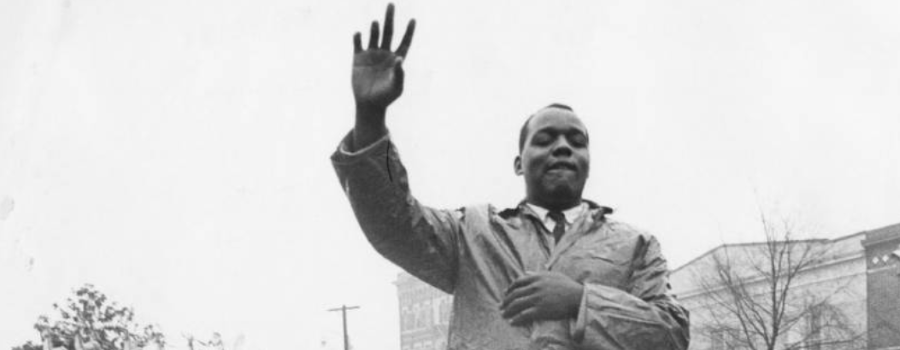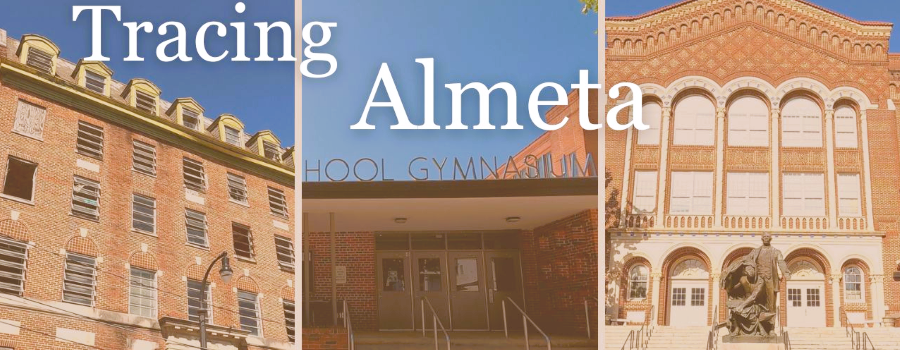Tag: African Americans
Lonnie King: The Life and Legacy
Contains original materials donated to GSU Library’s Special Collections & Archives. These items are comprised of correspondence, legal documents, notes and research materials, photographs, and...
Read More
Tracing Almeta
Mapping Atlanta’s Jim Crow Era Women’s Basketball Community. During the era of legalized segregation, Black Atlantans created their own economic, educational, and recreational institutions. In...
Read More

Rap Map
Celebrating 50 years of hip-hop! The Rap Map visualizes metro Atlanta’s influence on hip-hop and hip-hop’s influence on the region over the last three decades....
Read More
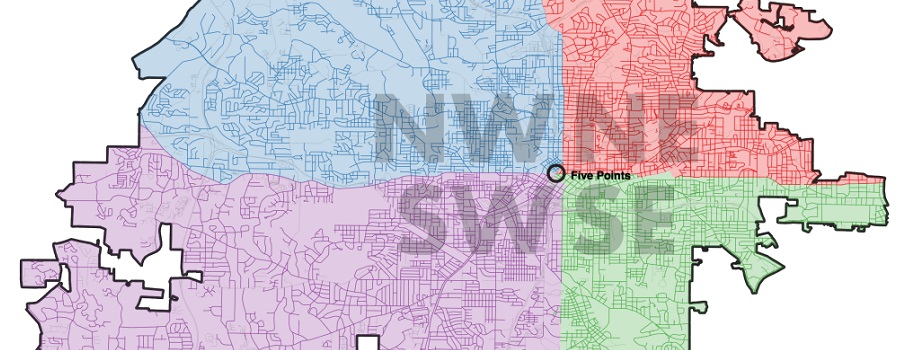
Mapping Atlanta
GSU professor Taylor Shelton’s blog exploring all of Atlanta’s oddities and inequalities with maps. Issues covered are fundamentally about geography, about how places are the...
Read More
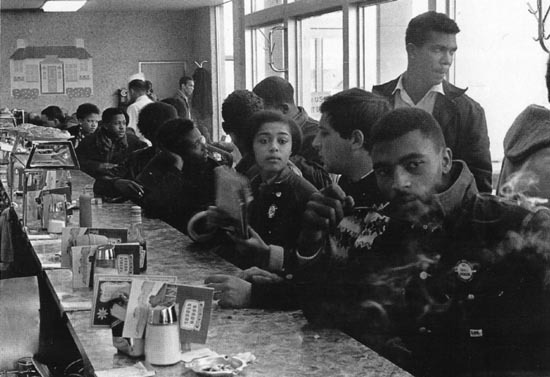
Atlanta Sit-Ins, 1961-1964
Beginning in 1960, the Atlanta sit-in movement took over the downtown area of the city. Follow this tour to see where student activists conducted their...
Read More
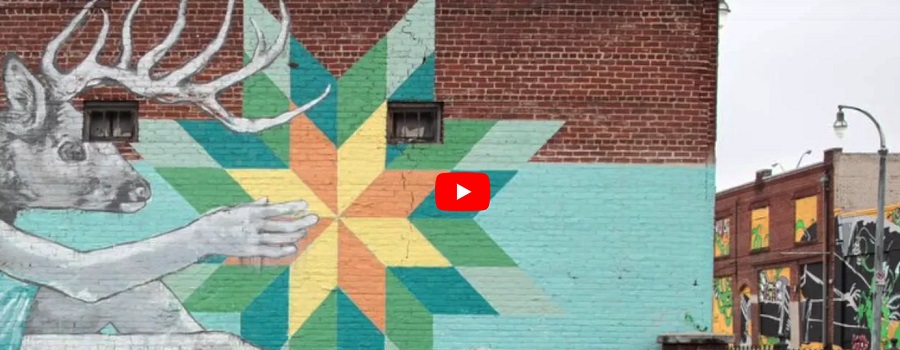
ATLMaps
The ATLMaps platform, a collaboration between Georgia State University and Emory University, combines archival maps, geospatial data visualization, and user contributed multimedia location pinpoints to...
Read More
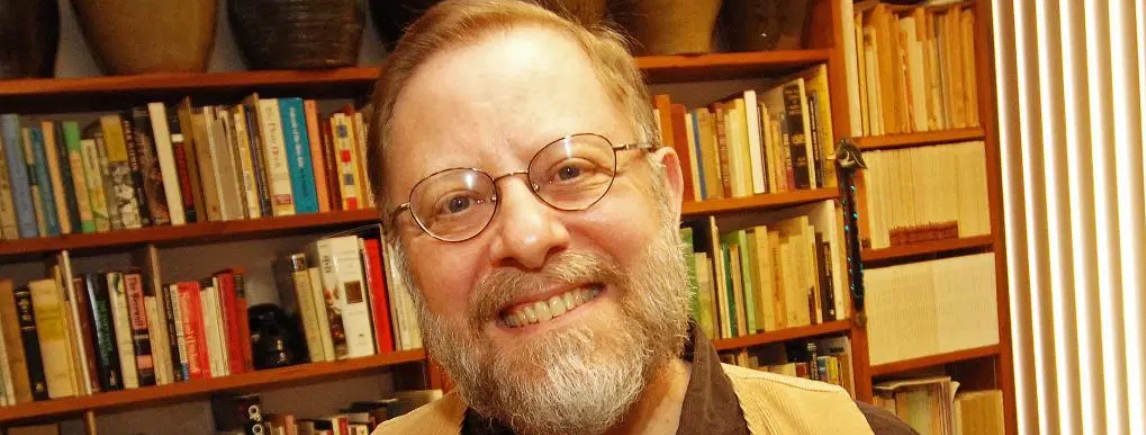
Downtown Folk Tour
Recorded stories from Dr. John Burrison, Folklorist and Professor of English at Georgia State University, who has collected stories of folk music, pottery, legends, medicine,...
Read More
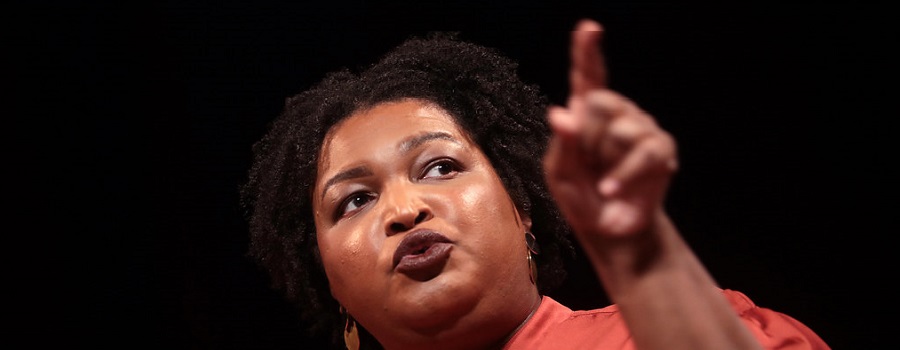
The Reckoning
Leading up to and after the Women’s March of 2017, Georgia activists, Lucy Hargrett Draper, and her niece, Chrisy Erickson Strum documented emerging and ongoing...
Read More

Bridging Communities: 50 Years of Collecting at Georgia State University
Founded in 1913, Georgia State University grew as it supported the educational needs of Atlanta and the state of Georgia. Originally an evening program intended...
Read More
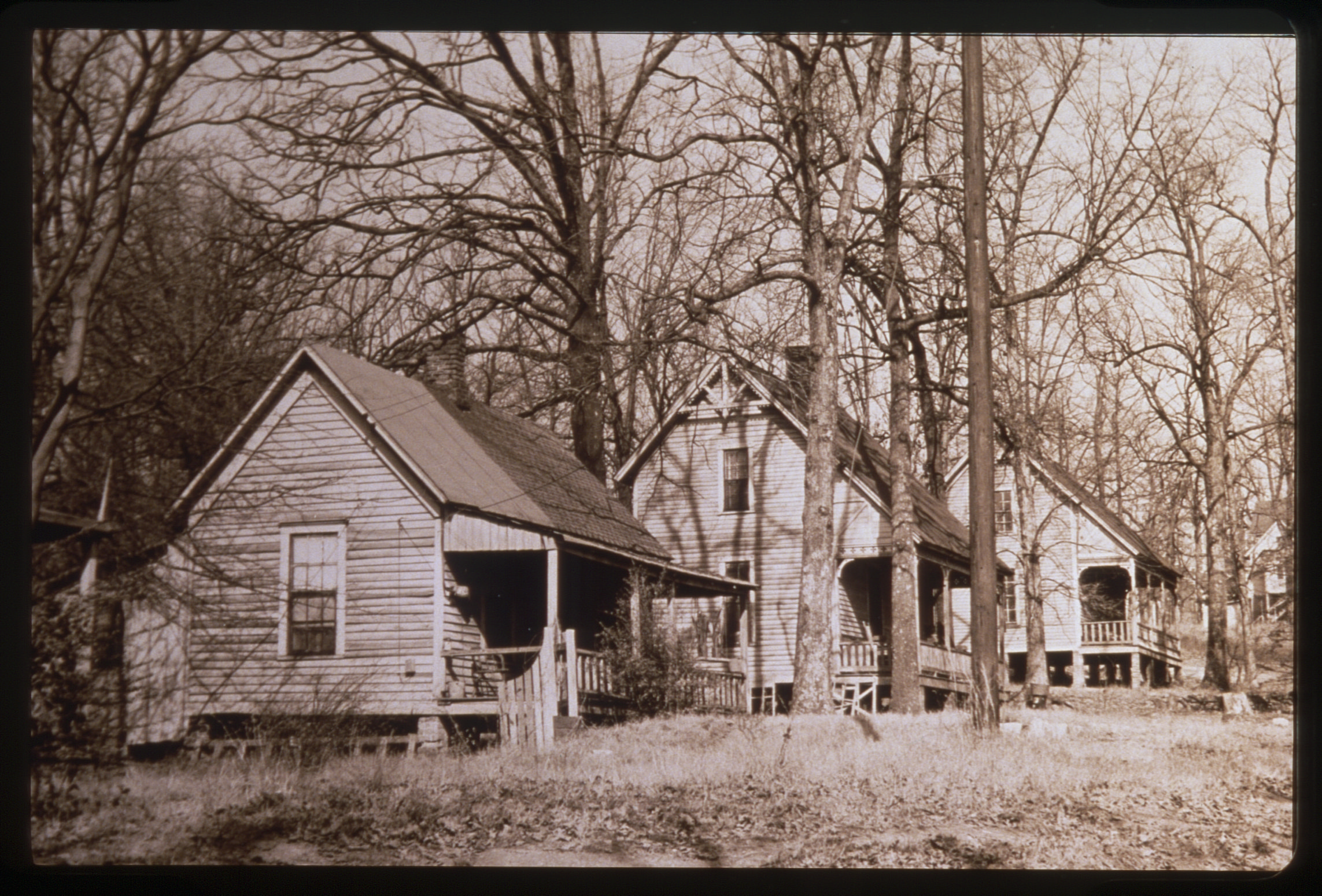
Black Neighborhoods and the Creation of Black Atlanta
Black Neighborhoods and the Creation of Black Atlanta explores the history of Black neighborhoods in Atlanta. It provides an overview of several of these neighborhoods: Summerhill,...
Read More
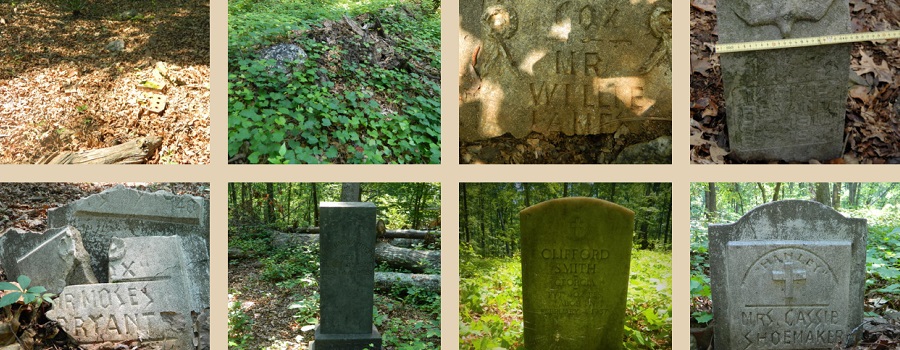
Flat Rock Cemetery Project
Archived by the Wayback Machine. The Flat Rock community in southern DeKalb County, Georgia (just outside Atlanta) is one of the oldest continually-occupied African-American communities...
Read More
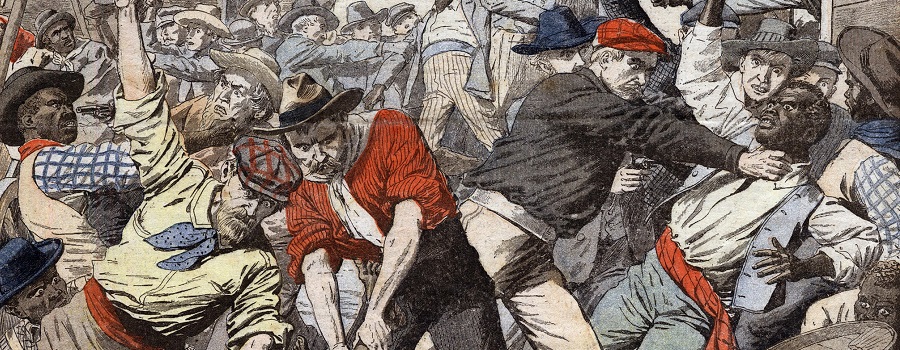
Veiled Visions: The 1906 Race Riot
Tells the story of the 1906 Race Riot, a three-day massacre that spread through Atlanta, starting downtown on Saturday, September 22 and ending with the...
Read More
 Georgia State University Library
Georgia State University Library
